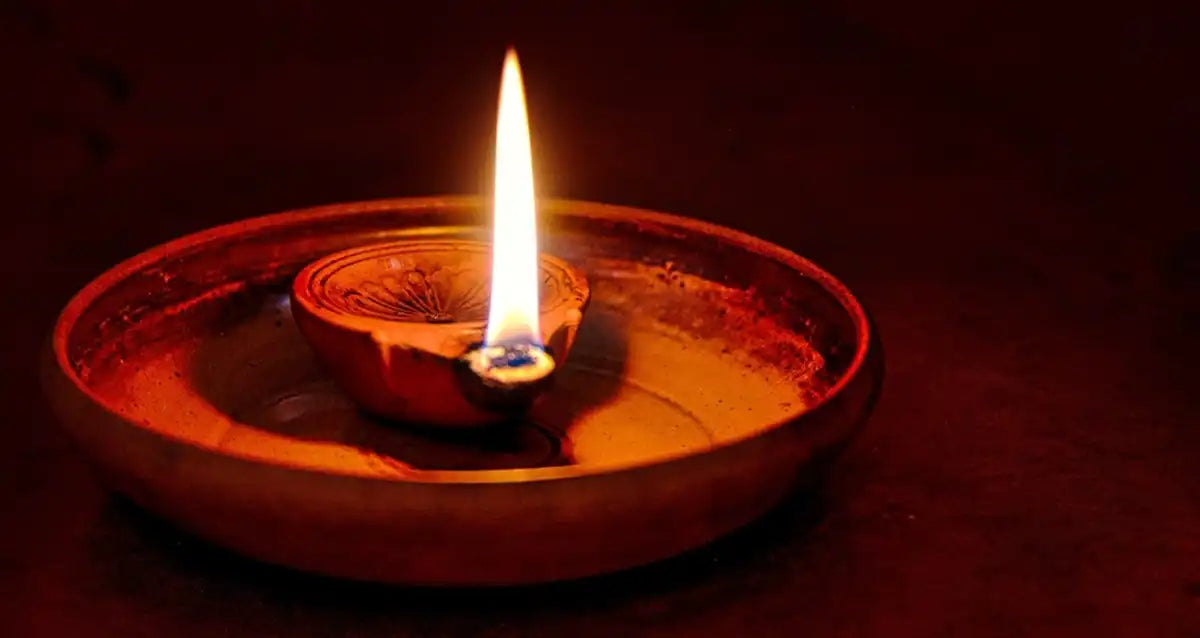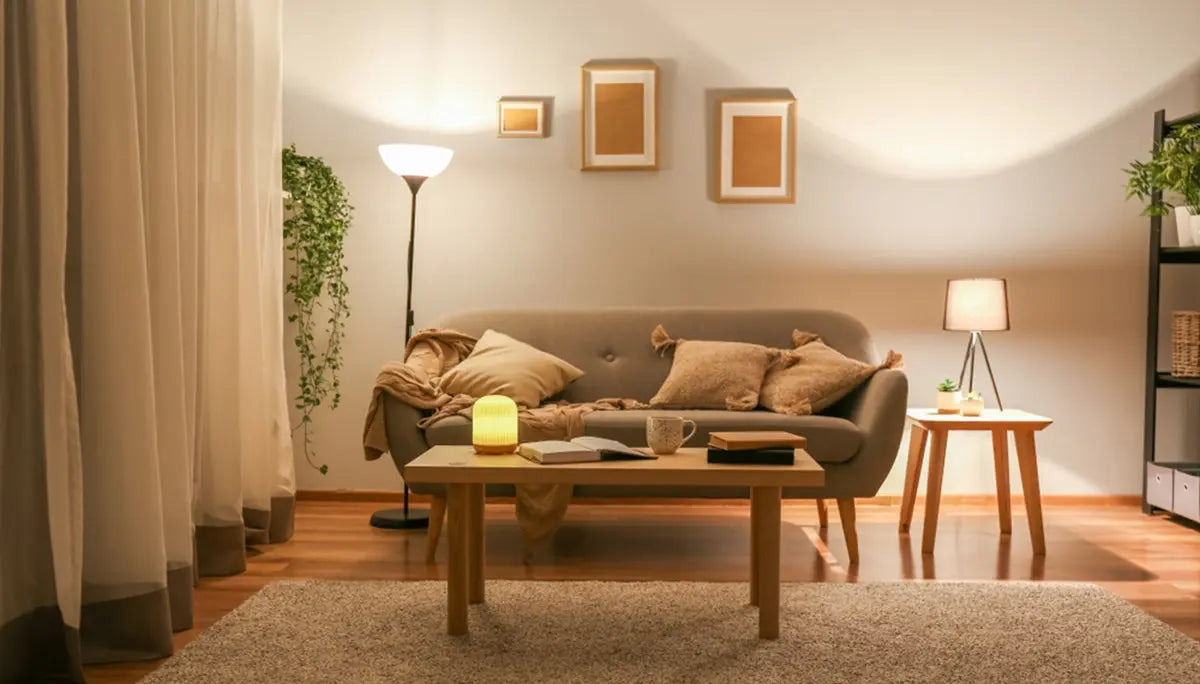Lighting has always been crucial for human civilization. From ancient times to modern days, lamps have played a significant role in our daily lives.
But when were lamps actually invented?
Let's dive into the history of lamps and uncover their fascinating journey.
Early Beginnings: The First Lamps
The earliest lamps date back to around 70,000 BC. These primitive lamps were made from naturally occurring materials like rocks and shells. They used animal fat as fuel. A simple wick made from moss or other plant material would be placed in the fat to produce light.
Examples of Early Lamps
- Stone lamps found in the Lascaux caves in France.
- Shell lamps discovered in the Middle East.
These early lamps were rudimentary but effective. They provided light and warmth, essential for survival in prehistoric times.
The Evolution of Lamps: Ancient Civilizations
As civilizations advanced, so did lamp technology. The ancient Egyptians, Greeks, and Romans made significant contributions to lamp design.
Ancient Mediterranean and Middle East
Early lamps in these regions were often shell-shaped, initially using actual shells and later pottery, alabaster, or metal shaped to resemble shells. These lamps typically used oil as fuel.
Ancient Egypt and China
Saucer lamps made of pottery or bronze were common, sometimes featuring a spike to support the wick or a wick channel to control the burning rate.
Ancient Greece
Lamps began to appear around the 7th century BCE, replacing torches and braziers. Greek lamps were typically pottery, shaped like shallow cups with spouts for the wick and a hole for filling, often covered with a heat-resistant glaze.
Roman Empire
Romans introduced terra-cotta lamps made using molds and more complex metal lamps, sometimes in animal or vegetable forms, for use in public spaces like circuses.
These advancements made lamps more accessible and widespread.
The Middle Ages: A Period of Refinement
During the Middle Ages, lamp technology continued to evolve. The use of candles became more common. Candles provided a more consistent and controllable light source.
Medieval Innovations
Medieval lamps often used beeswax or tallow candles. These materials were readily available and easy to produce.
- Chandeliers became popular in castles and churches.
- Lanterns were used for outdoor lighting.
These innovations made lighting more practical and versatile.
The Renaissance and Beyond: The Age of Discovery
The Renaissance brought new ideas and technologies. Oil lamps became more sophisticated. The use of glass chimneys improved light quality and safety.
Oil Lamps

Oil lamps used various fuels, including whale oil and kerosene. These fuels provided a brighter and longer-lasting light.
- Glass chimneys protected the flame from wind.
- Adjustable wicks allowed for better control of light intensity.
These advancements made oil lamps a popular choice for households and businesses.
The 19th Century: The Birth of Modern Lighting
The 19th century saw the invention of gas lighting. Gas lamps were used in streets and homes. They provided a much brighter light than oil lamps.
Gas Lighting
Gas lamps used coal gas or natural gas as fuel. They were more efficient and easier to maintain.
- Street lighting became more common in cities.
- Gas lamps were used in theaters and public buildings.
Gas lighting revolutionized urban life, making streets safer and more navigable at night.
The 20th Century: The Electric Revolution
The invention of the electric light bulb in the late 19th century changed everything. Thomas Edison and Joseph Swan are credited with developing the first practical electric bulbs.

Electric Lamps
- Early 19th Century: Humphry Davy invented the first electric light, the carbon arc lamp, in 1801. This was followed by various improvements by other inventors.
- Mid-19th Century: Innovations continued with Warren de la Rue's platinum coil vacuum tube and Joseph Swan's carbonized paper filament bulb.
- Late 19th Century: Thomas Edison and Joseph Swan independently developed practical incandescent lamps. Edison patented his version in 1879, which used a carbon filament and became commercially viable.
Modern Innovations: LED and Smart Lighting
Today, LED technology is leading the way. LEDs are energy-efficient and long-lasting. Smart lighting systems allow for remote control and automation.

LED Lamps
LEDs use less energy and have a longer lifespan than traditional bulbs. They are available in various colors and intensities.
- Smart bulbs can be controlled via smartphone apps.
- LEDs are used in everything from household lamps to streetlights.
Modern lighting technology continues to evolve, offering new possibilities for efficiency and convenience.
Final Thoughts
The history of lamps is a story of innovation and adaptation. From primitive stone lamps to modern LEDs, each advancement has brought us closer to perfecting the art of lighting.
Want to learn more? Check out our lamp resources for comprehensive insights and articles.
References
- ThoughtCo. (n.d.). History of Lighting and Lamps. Retrieved from ThoughtCo.
- Britannica. (n.d.). Lamp. In Encyclopædia Britannica.
- U.S. Department of Energy. (n.d.). History of the Light Bulb. Retrieved from the U.S. Department of Energy.
- Bulbs.com. (n.d.). History of Lighting. Retrieved from Bulbs.com.
- History of Lamps. (n.d.). History of Lamps. Retrieved from History of Lamps.
- Wikipedia. (n.d.). Electric Light. Retrieved from Wikipedia.
- Spark Museum. (n.d.). Lighting Before the Incandescent Bulb. Retrieved from Spark Museum.
- Wikipedia. (n.d.). Timeline of Lighting Technology. Retrieved from Wikipedia.









Leave a comment
All comments are moderated before being published.
This site is protected by hCaptcha and the hCaptcha Privacy Policy and Terms of Service apply.